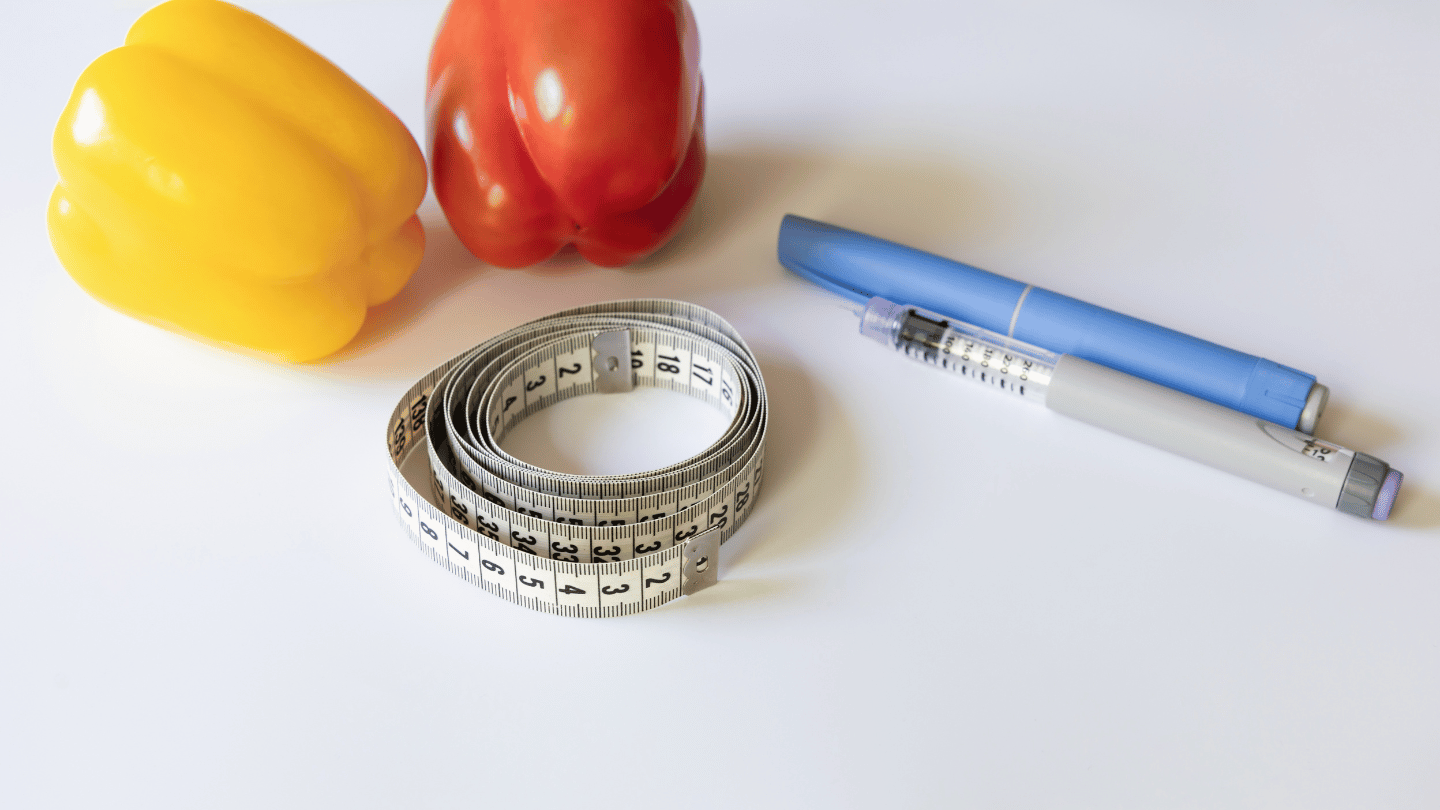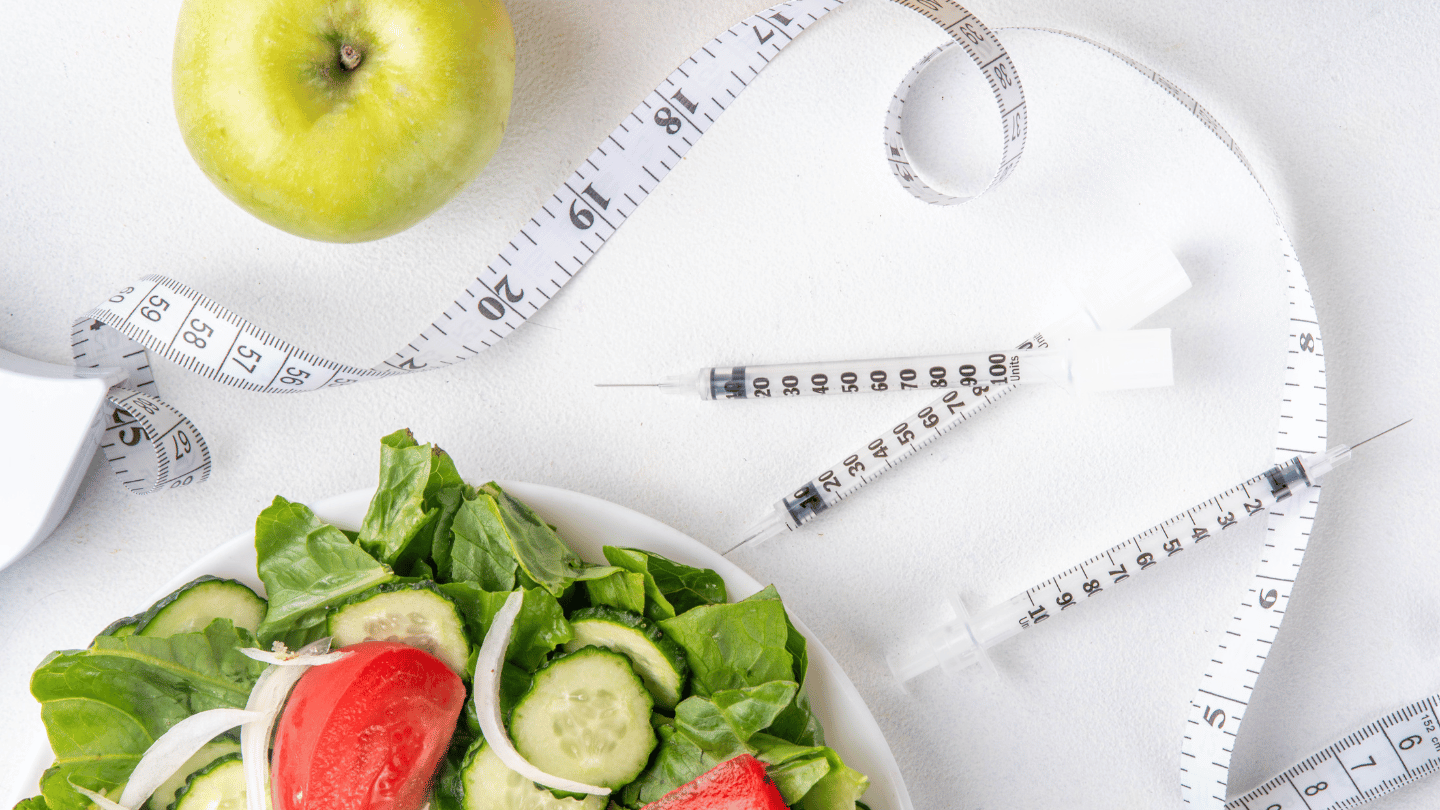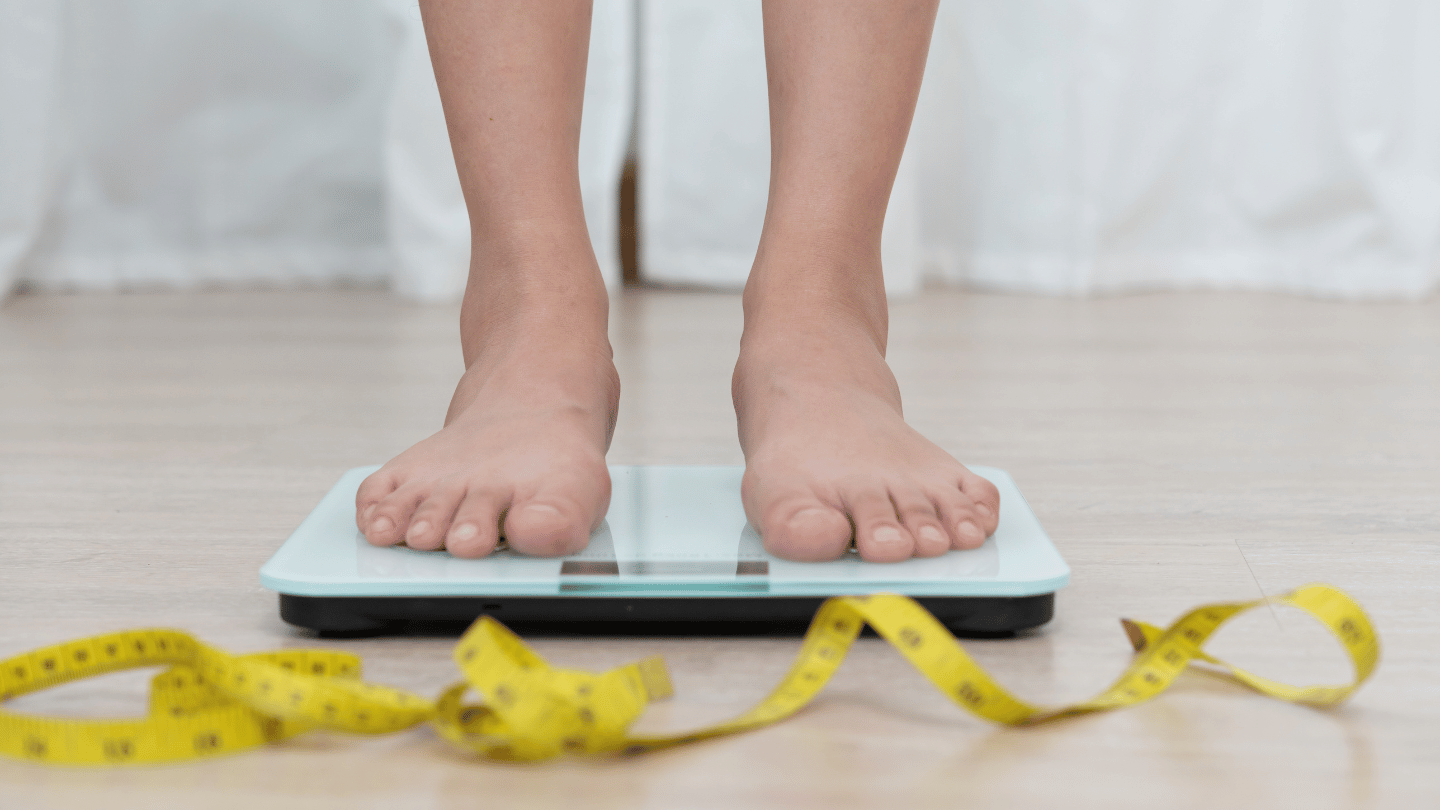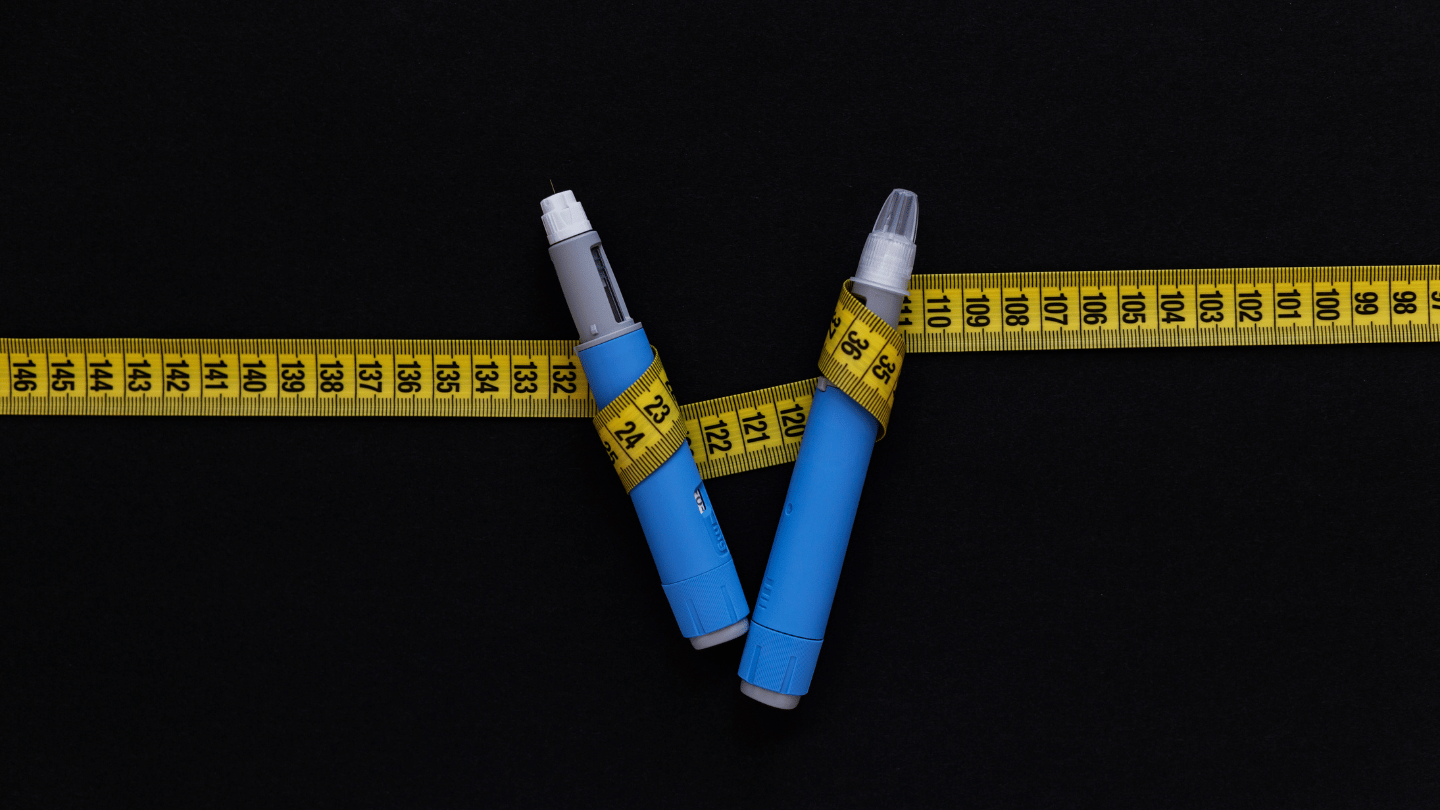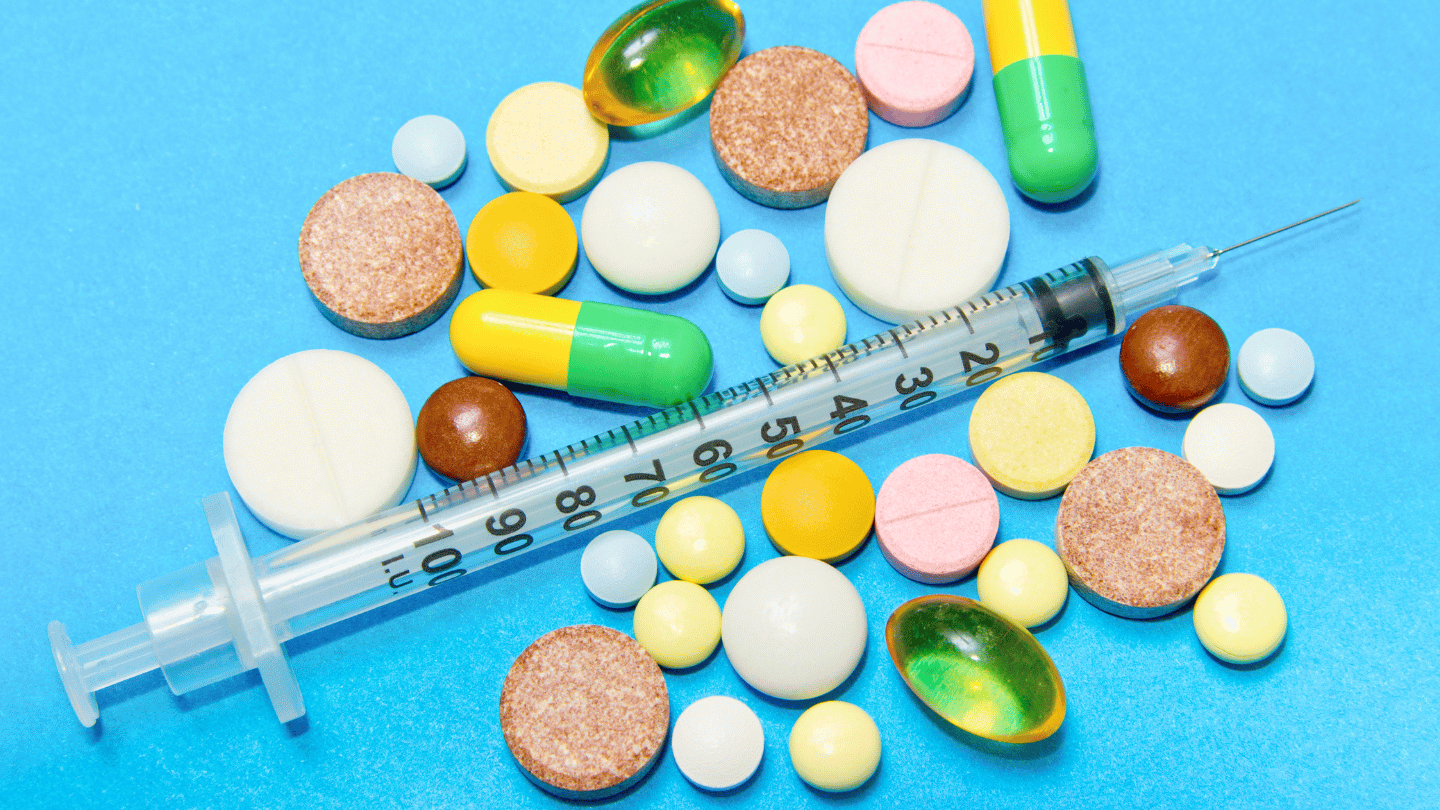Iron, a vital component for carrying oxygen in a molecule called hemoglobin, is crucial for your health. Hemoglobin molecules, abundant in each red blood cell, rely on iron. Without enough iron, you may develop anemia, a condition that can lead to tiredness, chest pain, abnormal heartbeats, and other heart problems. This underscores the importance of understanding and managing your iron levels. So, are you iron deficient? Let’s explore iron levels and how we measure them.
How Are Iron Levels Measured?
The iron panel, a common test for measuring iron levels, involves drawing blood from a vein in the arm. This test provides a comprehensive assessment of your iron status, helping to identify any deficiencies or excesses.
What Are Normal Values for an Iron Panel?
- Iron: 60 to 170 micrograms per deciliter (mcg/dL)
- Total Iron Binding Capacity (TIBC): 240 to 450 mcg/dL
- Transferrin: 204 to 360 milligrams per deciliter (mg/dL)
- Ferritin: 11 to 336 micrograms per liter (mcg/L)
What Are Transferrin and Ferritin?
- Transferrin: A protein that carries iron through your body. When iron in the blood is low, the liver produces more transferrin. Increased transferrin levels alongside low iron levels indicate iron deficiency.
- Ferritin: A protein that stores iron. Ferritin levels decrease before iron levels, making it an early indicator of iron deficiency.
What Causes Iron Deficiency?
Iron deficiency can be caused by:
- Dietary Deficiency: Not consuming enough iron-rich foods.
- Chronic Bleeding: Blood loss over time, such as from heavy menstrual periods or gastrointestinal bleeding.
- Pregnancy: Increased iron requirements during pregnancy.
- Poor Absorption: Conditions that affect the absorption of iron in the intestines.
How Can I Naturally Get More Iron?
- Iron-rich foods: Include legumes (like peas), green leafy vegetables (such as spinach), and lean meats in your diet.
- Vitamin C: Enhances iron absorption. Foods high in vitamin C include tomatoes, citrus fruits, broccoli, and cantaloupe.
Can I Order My Own Iron Panel Test?
Yes, QuickMD allows you to order your own iron labs online without needing a doctor’s appointment. Here’s how it works:
- Order the Test: Visit QuickMD’s lab ordering page for an iron panel test.
- Sample Collection: Make an appointment at any LabCorp location to provide a blood sample.
- Receive Results: Once LabCorp reports your results, a QuickMD physician will contact you. If the results are abnormal, the physician will discuss your next steps.
Get Professional Advice with QuickMD
For personalized advice and testing for iron deficiency, QuickMD’s telemedicine urgent care services are here to support you. Consult with a QuickMD provider today to understand your iron levels and manage your health effectively. You’re not alone in this journey.
Need an iron panel test? Visit QuickMD today to order your test online and get expert guidance on interpreting your results and managing iron deficiency.




